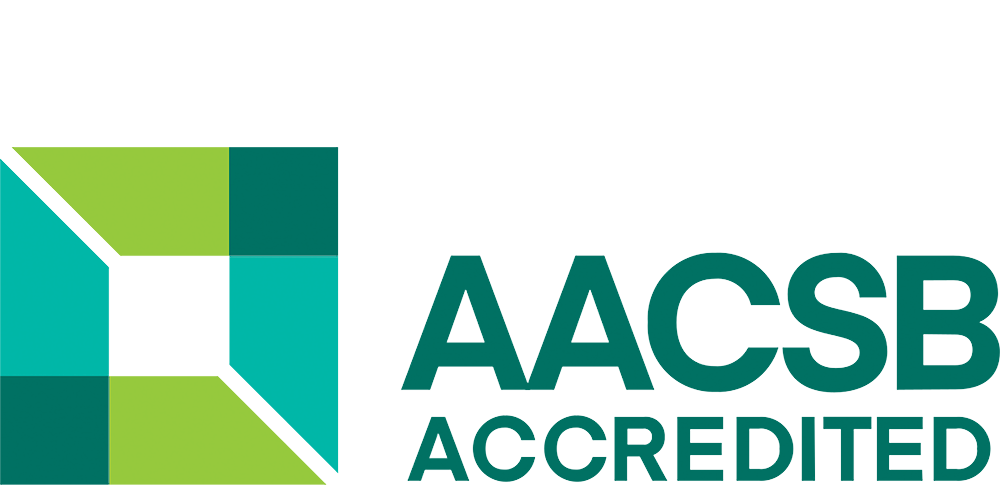New technologies and digital learning have opened up a wide range of learning possibilities. Today, although "traditional" face-to-face teaching remains predominant, there is growing interest in distance learning. It can be followed in real time or deferred and sometimes alternating between the two to take advantage of the respective benefits of "synchronous" and "asynchronous" learning. Let's take a look at the different educational formats that exist in the distance learning sector.
Discover the distance learning
Synchronous training
What is synchronous learning?
Synchronous learning implies that a number of learners participate at the same time in a training session (a lecture, a tutorial session, a group workshop, etc.). Synchronicity does not only apply to face-to-face teaching, since in the context of e-learning, several participants may very well follow the same course remotely, at the same time, in a virtual classroom, by audio or video conference for example. In the latter case, the face-to-face meeting with the trainer(s) is simply "digitised".
What are the advantages and disadvantages of synchronous courses?
The instantaneous nature of synchronous e-learning facilitates interactivity between the trainer and the learners, since, by definition, they can interact in real time. Virtual classrooms allow students, or trainees in the case of vocational training, to ask questions of the trainer, to receive direct feedback or to exchange views with other learners on a virtual board. This distance learning system has the advantage of strengthening the group spirit and cohesion between participants, but it does have some disadvantages: like face-to-face training, the timetable for courses or assessments is fixed, which leaves the learner little freedom in managing his schedule.
Asynchronous training
What is asynchronous learning?
The so-called "asynchronous" training system includes online teaching modules that the learner can follow offline. In other words, the students have at their disposal various teaching resources (audio files, videos, MCQs, interactive content, etc.) which they can consult freely. The learner and the trainer, or the student and the teacher, are therefore not involved at the same time in the educational process. As the connection is not simultaneous, exchanges are necessarily made by e-mail or, for example, on a dedicated discussion forum.
What are the advantages and disadvantages of asynchronous courses?
The main advantage of this teaching method is obviously its flexibility, as learners can train whenever they want and at their own pace. Nevertheless, a 100% asynchronous training programme will most often meet the expectations of learners who are able to work independently. The risk of fatigue can also become a problem over time.
Discover the e-learning
Synchronous and asynchronous training: the benefits of blended learning
Blended learning (not to be confused with "Blended-learning", which is a combination of face-to-face and face-to-face learning) allows for the alternation of synchronous and asynchronous learning throughout the training course. It has the advantage of being modular by combining the two types of training to take advantage of their respective strengths. This hybrid training solution was chosen, for example, for IPAG Online programmes. On the other hand, the implementation of mixed or hybrid training requires real know-how in terms of digital teaching, a high-performance e-learning platform and personalised support for students.
IPAG Online hybrid courses
From the start of the 2021 academic year, the IPAG Online training offer will include 4 MSc with mixed teaching methods:
- Marketing & Data Analysis
- Data Management & Business Intelligence
- UX Design & Digital Business
- Digital Entrepreneur & Project Management







